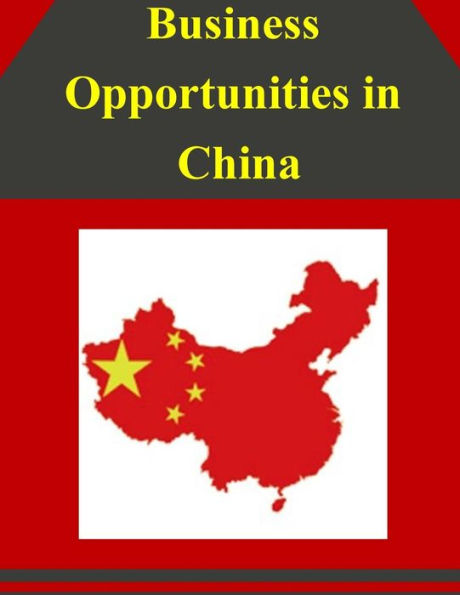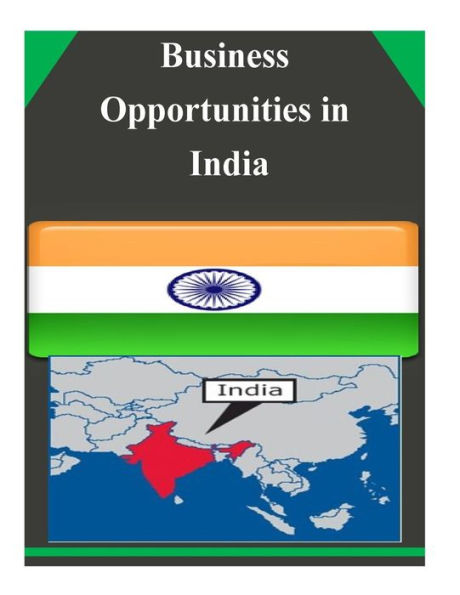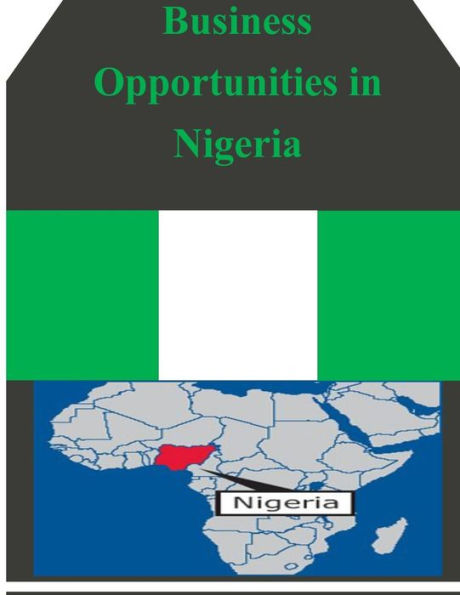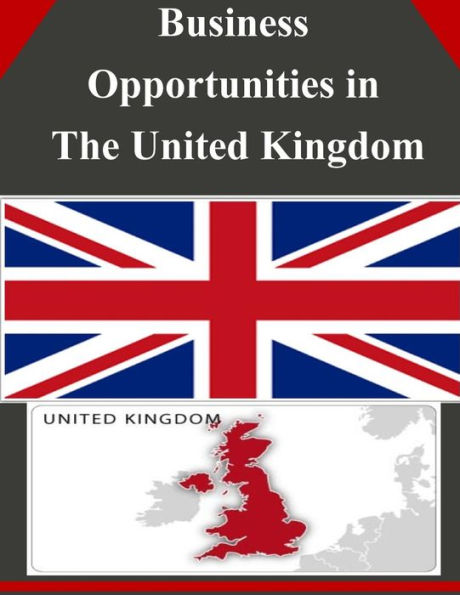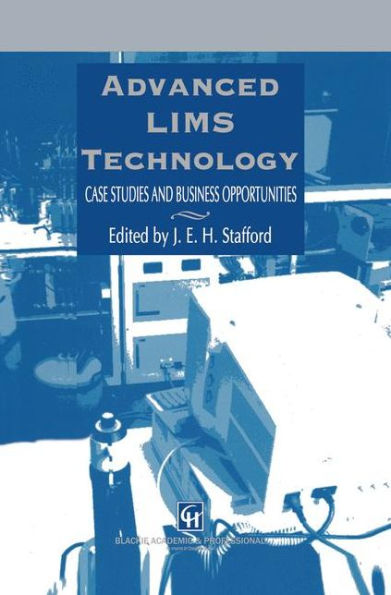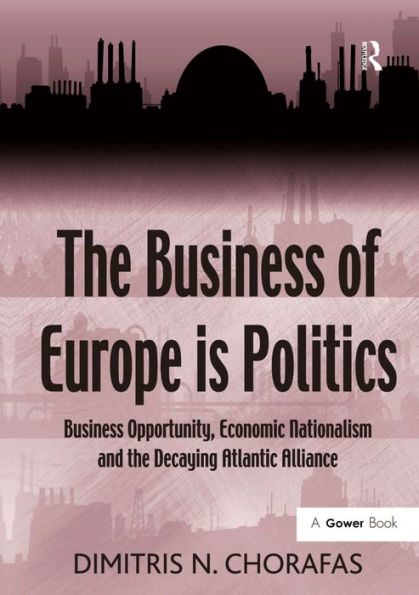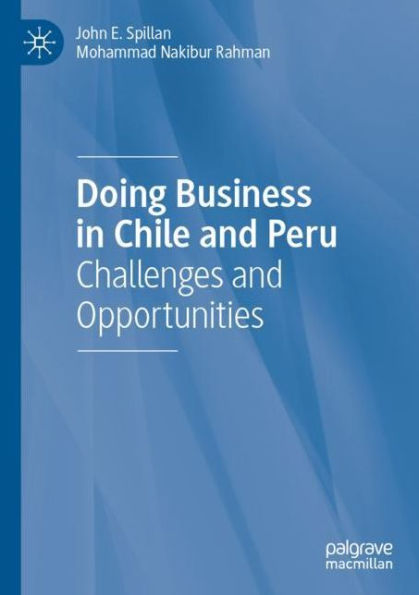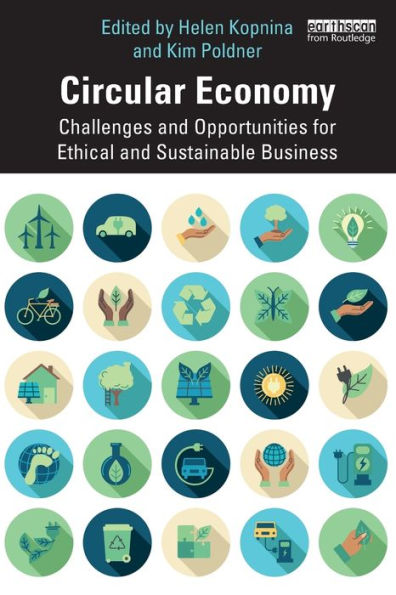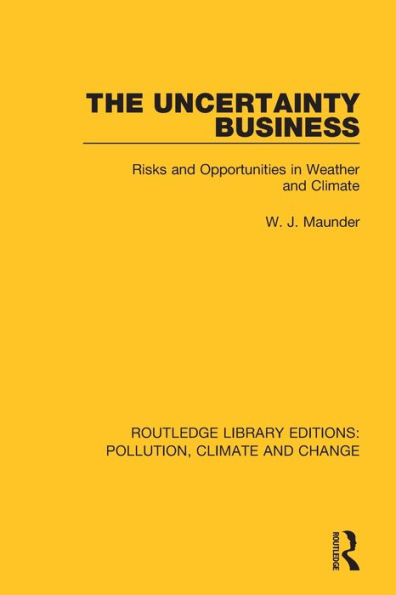Home
Business Opportunities in Bolivia
Loading Inventory...
Barnes and Noble
Business Opportunities in Bolivia
Current price: $15.95
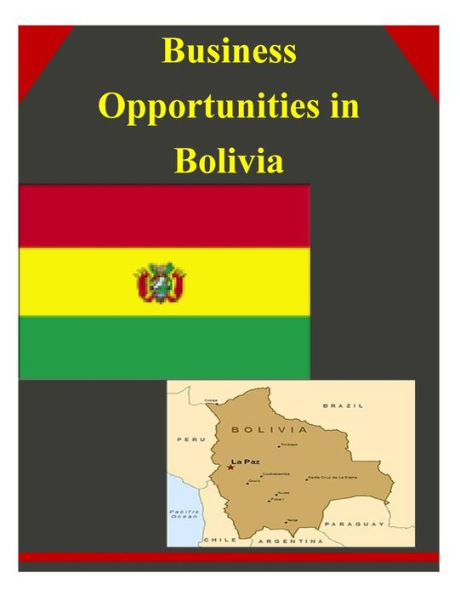

Barnes and Noble
Business Opportunities in Bolivia
Current price: $15.95
Loading Inventory...
Size: OS
*Product Information may vary - to confirm product availability, pricing, and additional information please contact Barnes and Noble
Accumulated inflation for 2011 was 6.9%, with a peak year-on-year inflation rate in June 2011 of 11.3%. The drop is due to lower inflationary pressure on food prices, which reached a high of 17.5% in June 2011, falling to 8% at the end of the year. Non-food items registered an overall decrease from 7.7% in June to 6.1% in December. Total investment in Bolivia in 2011 reached 23% of GDP, up from 17% in 2010. Public investment has risen from 9.2% of GDP in 2010 to 11.4% of GDP in 2011 ($1.8 billion to $2.8 billion), due mostly to road construction and increases in investment of state-run companies. Private investment (both domestic and FDI) increased from 7.8% of GDP in 2010 to 11.6% ($1.5 billion to $2.9 billion) of GDP in 2011, due to investments in hydrocarbons, construction, and mining. Exports rose by more than 30% between 2010 and 2011, reaching $9.1 billion. In 2011 Bolivia's top exports were: hydrocarbons (45% of total exports), minerals (27%), manufactured goods (24%), and agricultural products (4%). More specifically, top export products were: natural gas (42% of total exports), silver (12%), zinc (10%), soy (7%), tin (4%), and lead (3%). Export items with the greatest increases by value were non-processed gold (570% compared to 2010 levels), paper (190%), processed gold (181%), processed silver (158%), other metals (120%), borates (66%), copper (59%), non-processed silver (58%), processed antimony and antimony oxide (58%), and manufactured leathers (50%). The products with the sharpest decreases in exports were: sugar (-98%), sunflower seeds (-72%), tobacco (-67%), and furniture (-46%). Bolivia's top export markets in 2011 were Brazil (33%), Argentina (11%), United States (10%), Japan (6%), Peru (5%), South Korea (5%), Belgium (4%), China (3%), and Venezuela (3%). From 2010 to 2011, Bolivian imports rose by 41% to $7.6 billion. Bolivia imports a large number of industrial supplies and inputs (for example, replacement parts, chemicals, software, and other production items) (31% of total imports), other imports are: capital goods (21%), fuel (13%), consumer goods (10%), and others. Top import products within these categories were machinery and mechanical appliances (17% of total imports), chemical products (14%), fuels and oils (14%), vehicles (13%), minerals (8%), and food (7%). Bolivia also imports significant quantities of steel, electrical machinery equipment and parts, and plastics and plastic products. Import items with the largest increases by value were: services for oil and gas extraction (307% compared to 2010 levels), agricultural products (80%), personal vehicles and transport vehicles (77%), coal and lignite (71%), leather products (71%), office supplies and software (64%), and electronic devices (54%). Those that experienced the sharpest decline were minerals (down 45% from 2010 levels), and items related to publishing, printing, and recorded reproduction (-32%).
